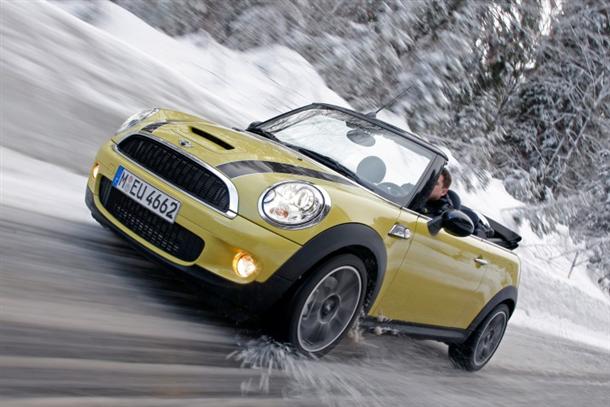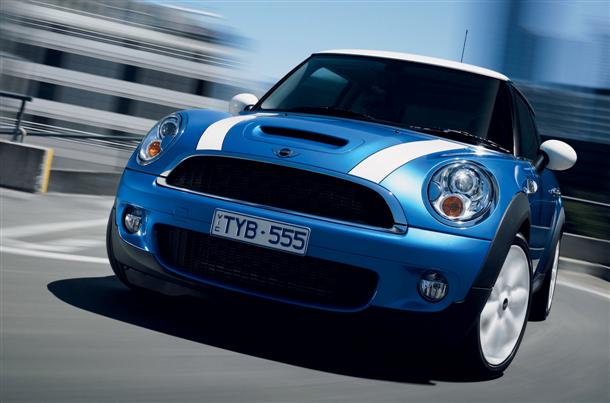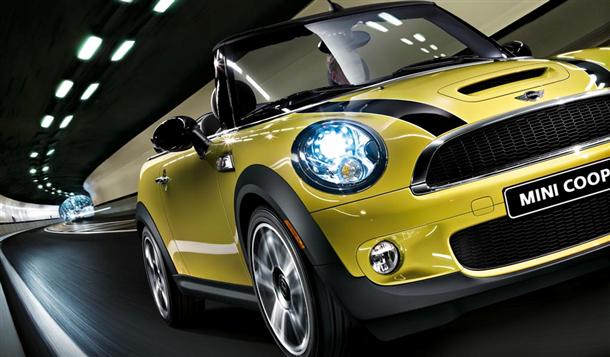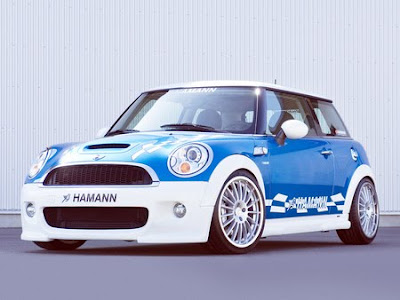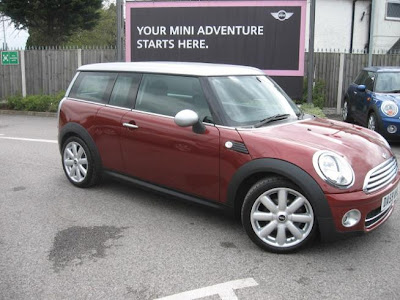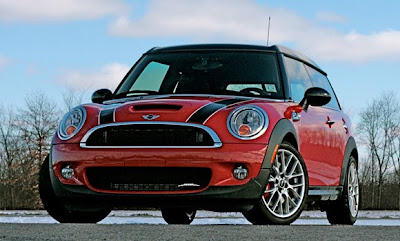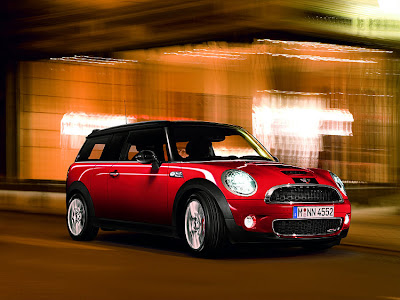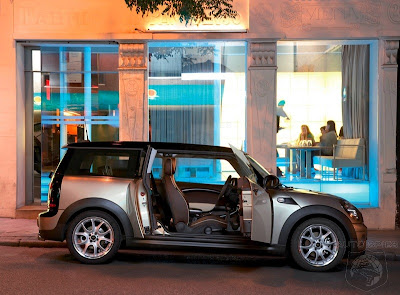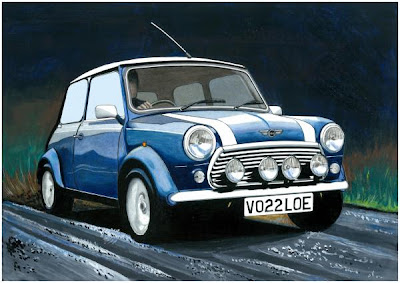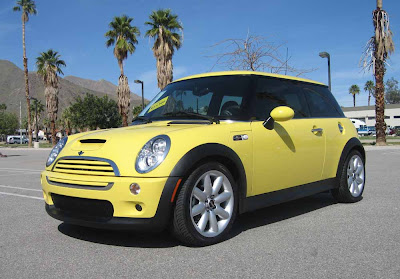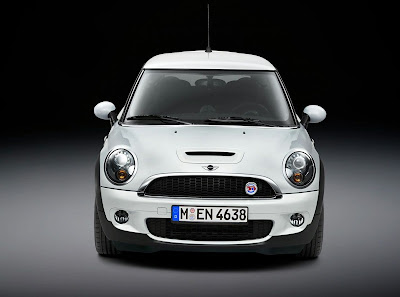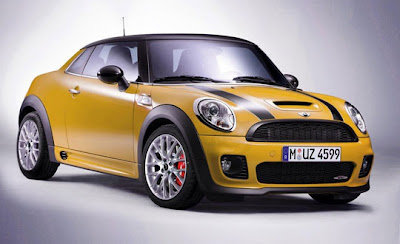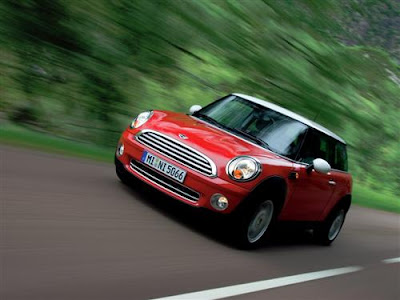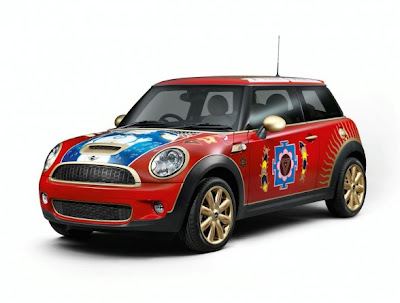MINI Cooper
AC Schnitzer MINI Cooper R57 Convertible!
Classic MINI Cooper Cars
MINI Cooper Cars Parts 1
MF Exclusive: MINI will be taking the “Always Open” slogan to new levels with the 2009 MINI Convertible. As part of the advertising strategy, MINI is developing a gauge in the car that will tell you the percentage of time you’ve had the roof down. The hope is that it will encourage owners to live the “open” lifestyle even further. Expect this gauge to be placed somewhere near the tachometer.
We’ve also learned that MINI will be leaving the top design essentially unchanged with one notable exception. Based on recent insider information (and backed-up by spy photos), MINI will be doing away with the roll-hoops seen in the R52. Instead we can expect a pop-up system similar to the one found on the BMW 3 Series convertible. Replacing the roll-hoops in favor of a pop-up system would go a long way in making the word “open” a bit more meaningful.
AC Schnitzer has given the MINI Cooper R57 convertible a ton of summer loving
Ready to bare all with the new and improved R57 roofless variety, AC Schnitzer has treated us to some welcome goodies. Everything from a limited slip differential, a height adjustable sports suspension, and an aluminum strut brace for the front axle are on the menu.
Then to ensure you stand out from the zillion other MINI owners they have developed a sport exhaust system with chrome accents, a wide selection of wheel and tyre combos, a new front spoiler and rear skirt and plenty of decal choices. Because the interior will be on show too, AC Schnitzer has laid on an aluminum gear knob and pedals as well as velour floor mats which of course will stay pristine like the rest of the car.
And what of the performance, I hear you holler - well that is been boosted to a healthy 208bhp from 175bhp so you will certainly have the edge over your contemporaries.
Related : MINI Cooper Cars ~ Nowack Motors MINI Cooper S and MINI Cooper Cars JCW
 RSS Feed
RSS Feed Twitter
Twitter

